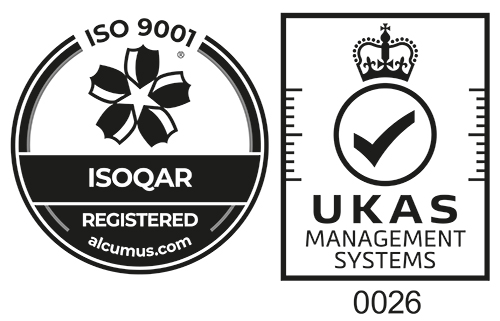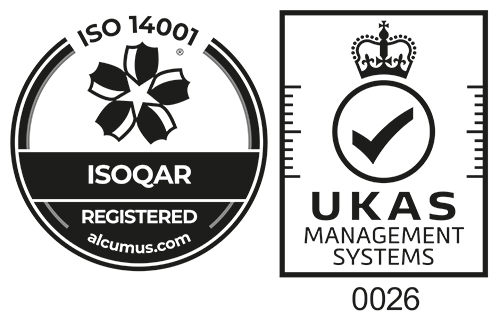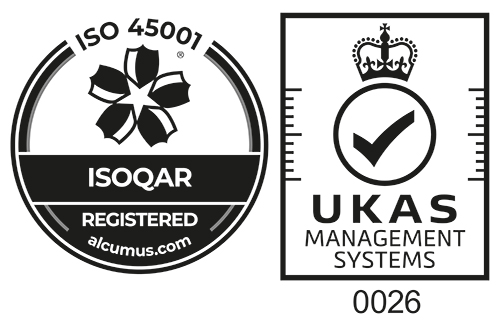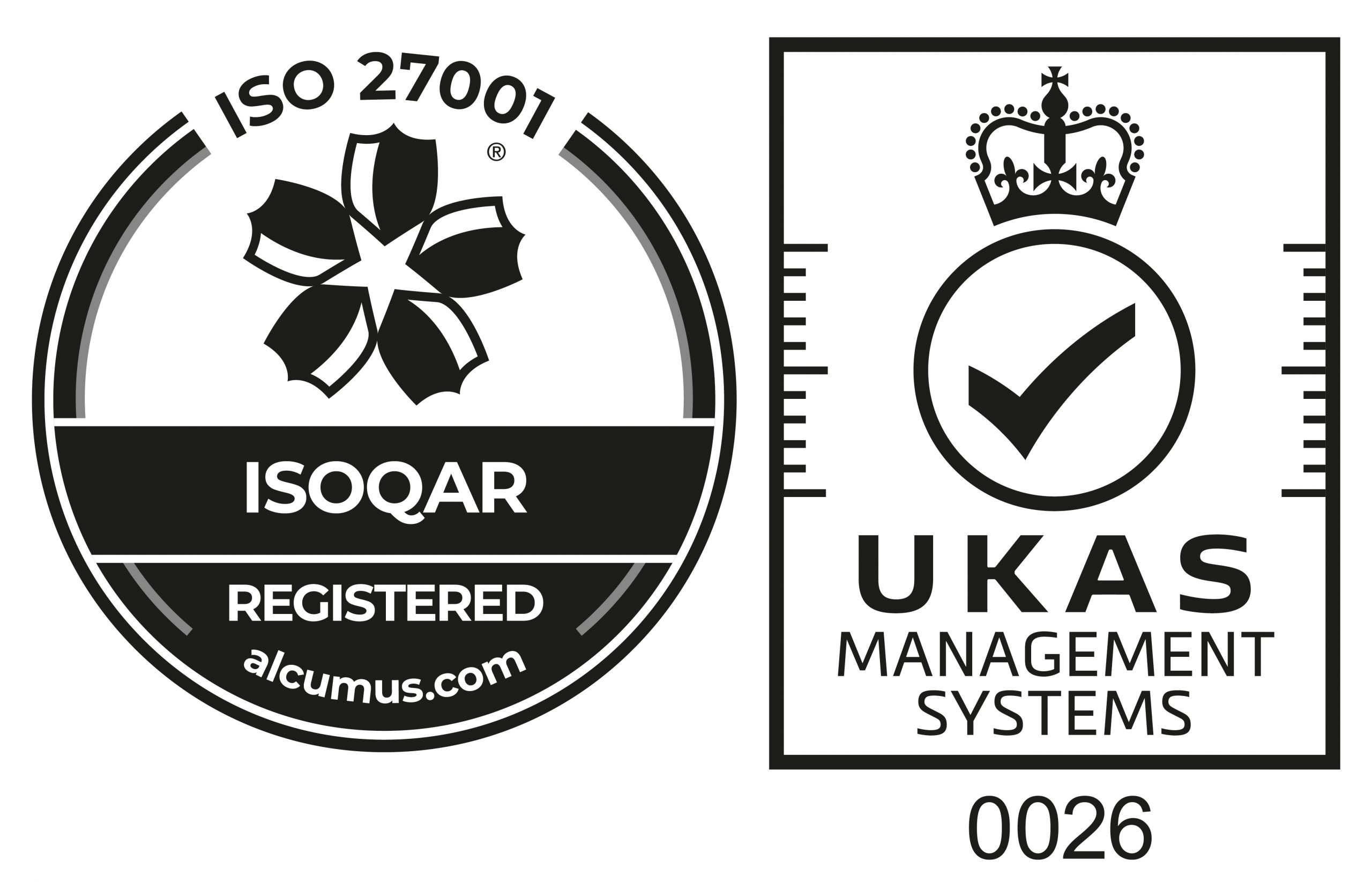An interesting study undertaken by the Institute for Work & Health (2012) found that

the higher risk of work injury among new workers has persisted over the past ten years. This suggests workplaces need to do more to ensure new workers get the training and supervision they need to stay safe on the job.
Study provides decade-long review
This research, conducted in 2012, is the first to examine work injury risk by job tenure over a time period during which overall claim rates generally declined. The latest study extended the research by describing the association between job tenure and work injury over a decade (1999 to 2008).
Risk highest first month in the job
The new research gives rise to two main findings:
1. Over a 10-year period, the risk of work injury for workers with shorter job tenure has consistently remained higher compared to those employed at a job for more than one year. Risk is particularly elevated among those in the first month on the job, with over three times the risk of a lost-time injury as workers with over a year’s job experience.
2. The risk of work injuries among new workers is greater among older workers, men and those in the goods sector, which includes construction and manufacturing, among others.
The age-based findings are striking. While all workers in their first month have

elevated injury risk, the risk of a lost-time injury is highest among workers over 45 years of age compared to all other age groups. Indeed, youth injury rates have been converging with adult rates. The key risk factor is newness, not youth, was the main take out from the study.
Prevention activities and training will help
So how do we help newly hired workers? Developing effective safety management systems will help. Prevention activities should involve employers creating strategies at an organisational level.
Inductions will certainly help inform new workers coming onto projects and sites. They will impart crucial information about your organisation, what to do on-site, and who to talk to if they have any questions or concerns. Having a competent induction program means having compliance with Health and Safety and employment legislation






